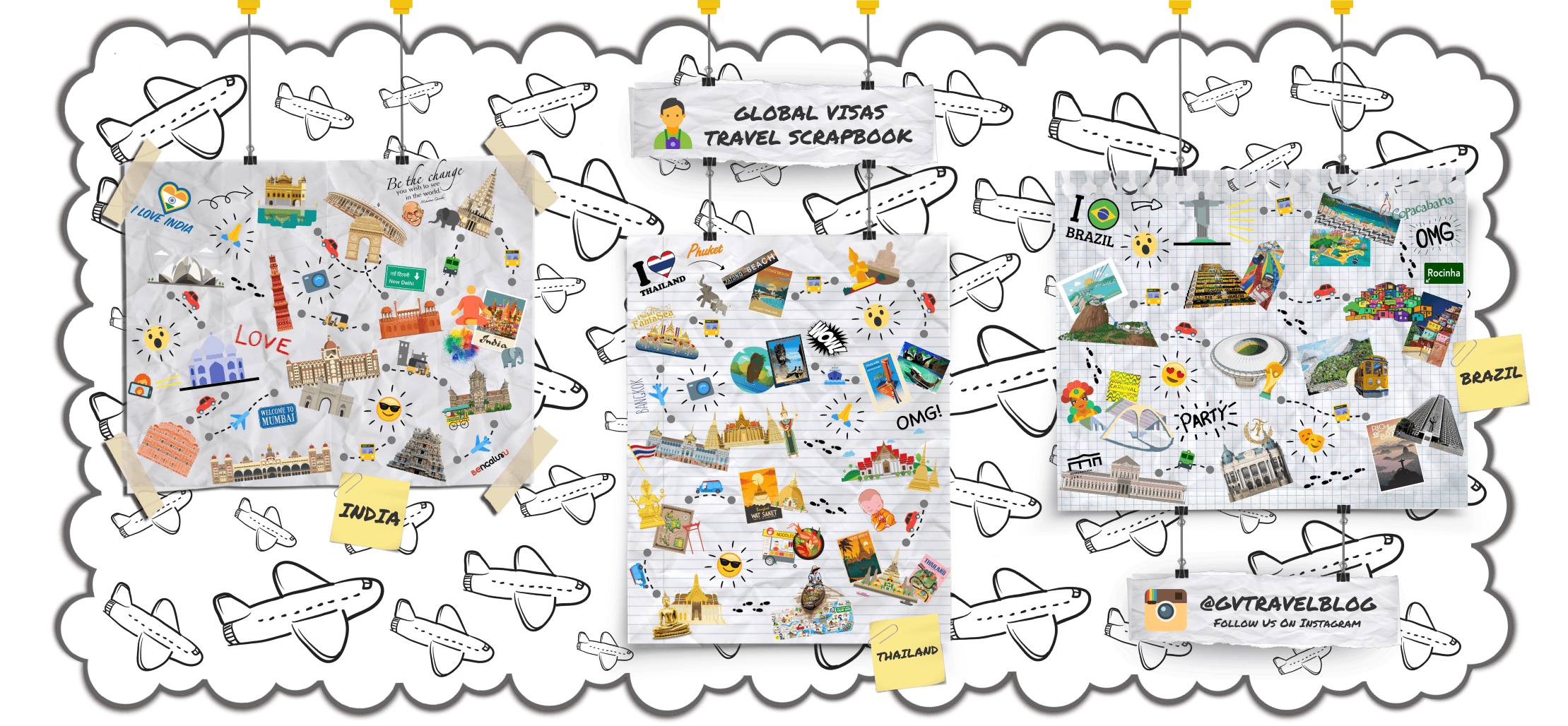BY PLANE:
Since the Philippines is an archipelago, the easiest way to move between islands is by plane. Philippine Airlines (and its regional carrier, PAL Express), Cebu Pacific (and its regional carrier, Cebgo) and Philippines AirAsia have significant domestic operations, linking many major towns and cities. There are also several smaller carriers which serve resort destinations (such as Amanpulo in Palawan), as well as more remote destinations. While most cities are served by jet aircraft, some destinations are served by propeller-driven planes.
The route networks of most local airlines are heavily centered around Manila and Cebu: flying between domestic points usually entails having to transit one of those cities (sometimes both), although direct flights between other major cities are slowly being introduced. Reaching Sulu and Tawi-Tawi by air is a special case: travelers must fly through Zamboanga City.
A significant majority of domestic flights in the Philippines are operated by low-cost carriers and are consequently economy-only: PAL is the only airline to offer business class on domestic flights. This does not mean however that fares are affordable: domestic seat sales are a common feature throughout the year, and all major airlines regularly offer promo fares on their websites. However, fares increase significantly during major peak travel seasons (particularly during Christmas, Holy Week and Undas), and in places served by only one airline (such as Camiguin or Marinduque), fares also increase during major provincial or town fiestas. Flights are frequently full during peak travel season, so it is advisable to book well in advance. Local airlines have regular “seat sales”, advertising cheap fares for flights to domestic destinations. However, some tickets booked during a seat sale may only be used on dates well after the duration of the sale (sometimes up to a year after the sale) and advertised fares usually exclude government taxes and fuel surcharges.
Passengers departing on domestic flights from Clark Airport must pay a ₱150 terminal fee before entering the pre-departure area; all the other airports in the Philippines (including NAIA) have the fee included in the ticket.
Provide extra time at airports for landside security checks before the departures hall, where all bags are checked, and passengers or visitors must pass through a metal detector.
BY TRAIN:
The Philippine National Railways (PNR) operates two overnight intercity services on Luzon Island: the Bicol Express between Manila and Naga, Camarines Sur, and the Mayon Limited between Manila and Ligao in Albay. See the Luzon article for more information.
BY CAR:
Roads in the Philippines vary greatly in quality from the paved multi-lane expressways of Luzon to the narrow dirt roads of remote mountain areas, which may complicate travel by car. Most major roads have two lanes and are normally paved with asphalt or concrete, although multi-lane roads are common near major cities. Street layouts in most cities and towns have never changed since the Spanish colonial era, and roads there are often narrow, with lots of blind corners. Road atlases and maps are available at bookstores throughout the country, and are very helpful when driving, especially when driving alone.
Foreign driver’s licenses are legally valid in the Philippines for up to 90 days after arrival, after which a Philippine driver’s license is required. It may also be a good idea to carry your passport showing that your last entry into the Philippines was less than 91 days ago.
Vehicular traffic in the Philippines moves on the right, and the vast majority of road signs are in English, with a few in Filipino. Road signs are based on a mix of American and European standards. Road marking are usually white, the same as in most of Europe, save for the no-overtaking lines, that always uses yellow, like in most of the Americas. While most major highways have good signage and markings, it is less common in inner city and minor roads. Road sign theft is also a common problem even in the highways, and stolen signs can cause a fatal crash, especially at night.
BY MOTORCYCLE:
Motorcycles and scooters (either can be called moto in Filipino English) are extremely common in the country, mostly Japanese brands plus some Filipino brands such as Rusi. Most are in the 125‑200cc range. They are available for rent (typically at around ₱300 a day) in many cities and tourist areas, and it is common for long-term visitors to buy one.
Motorcycle riding here is not for the faint of heart and motorcyclists are fairly often killed, mainly because of dangerous driving habits like drunk driving or illegal overtaking. See Driving in the Philippines.
There is a national law requiring helmets, but it is not consistently enforced in all regions.
BY TAXI:
Taxis are generally available within the major cities but are usually not used for travel across the various provinces and regions. UV Express (shared taxis using white vans) usually ply provincial routes. You can also call reputable taxi companies that can arrange pickups and transfers as well as airport runs.
When hailing a taxi in the cities, ensure the meter is on and pay the metered fare. A tip of ₱10 is acceptable. Also, make sure you have coins and small denomination bills, as the drivers often claim not to have change in an effort to obtain a larger tip, and in morning periods, many drivers only accept coins as payment (watch out for the ubiquitous Barya lang po sa umaga sign or sticker)! Moreover, don’t be surprised if drivers want to bypass the meter during rush hour. Most taxis have the flag down rate of ₱40 with each 300 meters cost ₱3.50 while Yellow cab taxis are more expensive with a flag-down rate of ₱70 with each 300 meters cost ₱4 (April 2011).
You may book a taxi using GPS enabled mobile apps such as “Grab Taxi” and “Easy Taxi” for a small fee. This is better than hailing a cab because you can see the number of available taxis and their location via GPS. Once you have a confirmed taxi booking, the name, photo, plate number and telephone number will appear on your mobile device and you can communicate with your driver to let him know exactly where you are. This is available in Metro Manila and Cebu.
BY BUS:
Apart from flying, buses are usually the way to go when it comes to traveling across the Philippines, at least from within the major islands. For interisland trips which entail ferry rides, an airline ticket, however, undercuts a bus trip significantly in cost, except where the island destination is reached only by one airline and/or the air fare is expensive.
City buses are only available in large metropolitan areas such as Metro Manila or Metro Cebu; for small or medium-sized cities or municipalities, jeepneys or the related multicab rule. City bus operators generally use long-distance coaches, but low-floor buses are slowly taking over. There is ordinarily a conductor who will punch or print the tickets and collect fares.
Provincial buses, or coaches, are widely available. Long-haul services, roughly beyond 4 hours or 200 km (120 mi), generally depart in the morning or late afternoon, and tickets must be booked at the bus station or a booking office. Shorter provincial routes generally have more frequent departures, from 30 minutes to a hour, tickets are purchased on board, and service is in overall, no-frills. Regardless of trip length, vendors selling mildly overpriced food and drinks enter buses at the terminal or at major stops.
There are five classes of buses, and may differ by company. Only two classes are provided on urban routes:
- Ordinary (economy) — The slowest of the five types, they make more frequent stops, and are not air-conditioned. Windows are usually left open. Seats can be wooden or upholstered, and are narrower. In some places, especially poorer regions, the vehicles may be rebuilt from used heavy trucks, and of a size between those of a jeepney and of a long-distance bus.
- Standard air-conditioned (air-conditioned economy) — City buses and short-distance provincial operators often offer this class. Usually have 41 seats, and legroom is almost like those on economy class of airlines.
- Deluxe (second class, sometimes called executive on some carriers) — Takes the most direct routes, and most used on long-haul trips or services that mostly travels through expressways. Vehicles all have air-conditioning. Deluxe buses usually have 38-40 seats, and legroom may be more generous.
- Super deluxe – Same as deluxe, but with more legroom and fewer seats (usually around 34). May have a toilet and personal entertainment systems.
- Luxury (first class) – Similar to super deluxe, but with larger seats in a 2-1 layout, with around 26 seats. They have the most expensive fares, around 140% of a standard air-conditioned bus.
The air conditioning can be harshly cool, so bring a light jacket, sweater or blanket to wrap yourself. Ordinary class buses have been phased out in some heavily plied provincial routes, but remain on some city bus routes around Manila and services to or within poorer provinces.
Fares are regulated, so you pay the same regardless of the carrier. City bus fares starts at ₱12 (₱10 on ordinary class buses) for the first 5 km, increasing by ₱2.25 (ordinary: ₱1.75) per additional kilometer. Provincial bus fares are calculated for every 5 km, being ₱7.75 on standard air-conditioned, ₱8.50 on ordinary, ₱8.25 on deluxe (₱8.75 on super deluxe) and ₱11 on luxury, but there may be additional surcharges for meal stops and ferries. A 20% discount is available to seniors and students if you present a valid ID. It’s common to round the fare to the nearest ₱5.
The Philippines has no state-owned bus line, or a national carrier; instead, there are many private bus companies which operate routes under a government franchise. Routes are generally served by one or more carriers, but fares are the same regardless of distance. Many bus companies, especially on heavily-plied routes, pay drivers based on passengers carried per trip, so dangerous driving habits are common because drivers are pressured to pick up the most passengers. The concept of interlining doesn’t exist in Philippine bus lines, so you must buy another ticket when transferring. Some bus companies now allows ticket pre-booking online.
City and provincial buses often have a TV, audio system, or both (watch for the “Audio/Video” sticker on the bus windshield). On-board WiFi is increasily becoming available on buses, though speeds are highly variable and often slow. Front seats are allocated to people with disabilities, the elderly, pregnant women, or students, so you must swap seats as a courtesy. On a long-haul trip, you must do so even if your reserved ticket assigns you a front seat.
Rules on food and live animals vary by carrier, so check carefully. Food and beverages are generally allowed, but eating messy foods are discouraged, and some carriers ban them.
Bulky luggage are generally kept under the buses, but those in the poorer provinces may have a roof rack instead.
Outside of Mindanao, where most cities and towns will have a central bus station, bus stations tend to be scattered and divided between the bus companies, so transfers can be bothersome. This is changing as municipalies are investing in centralized bus stations, with connections to local transportation.









